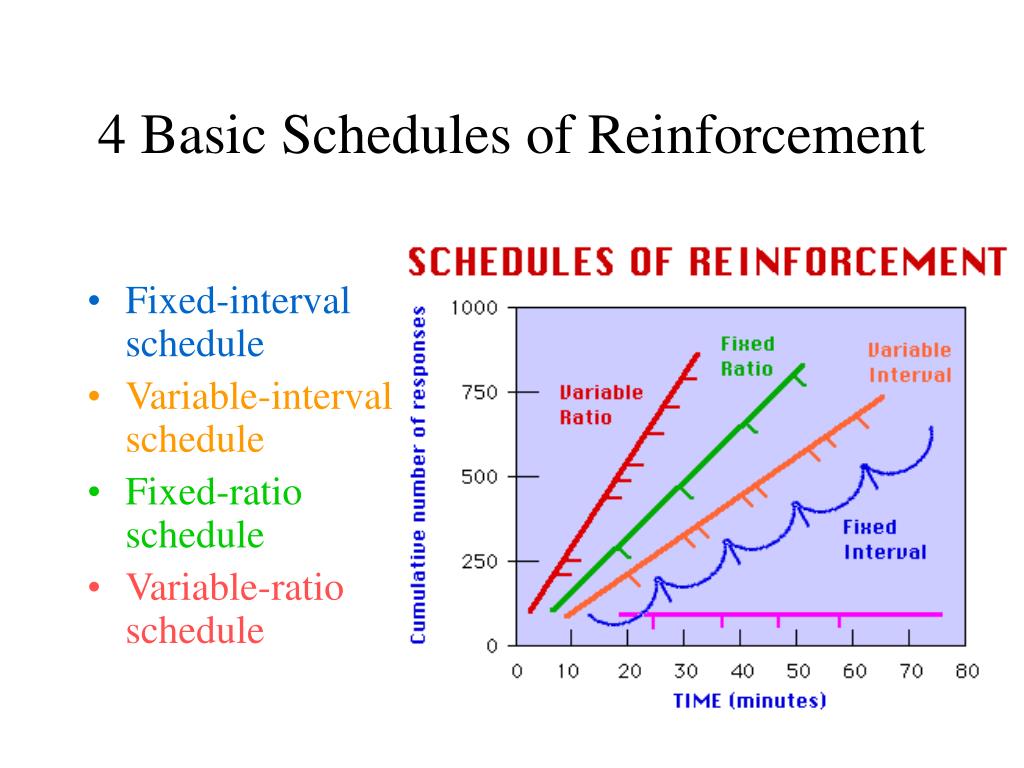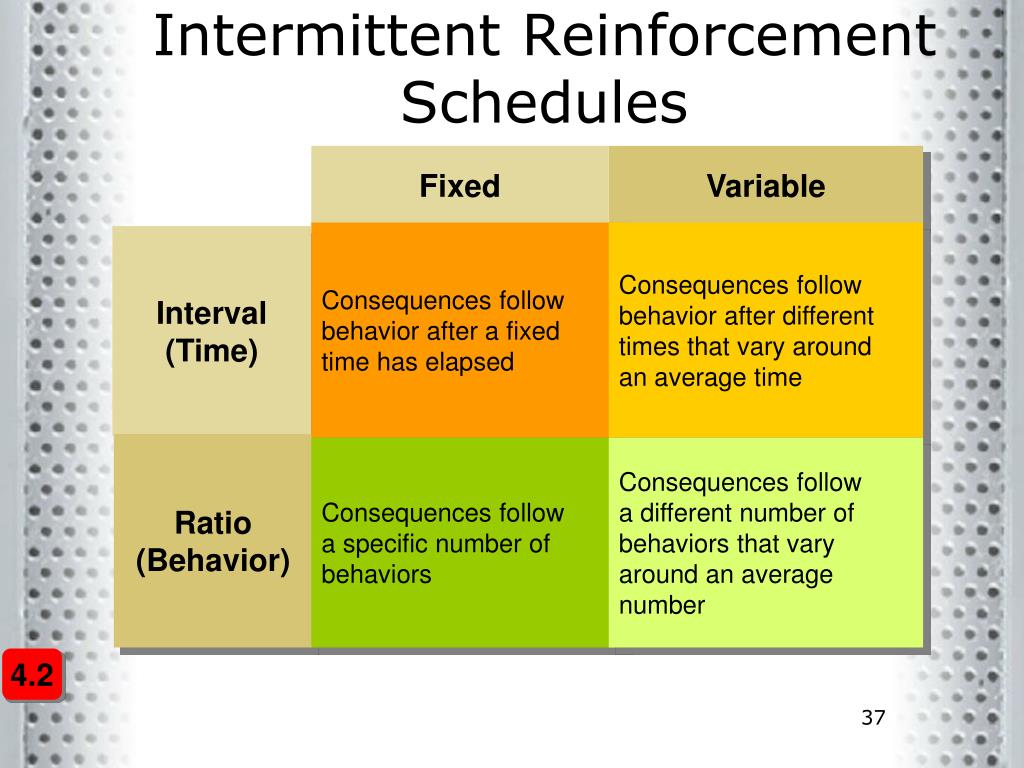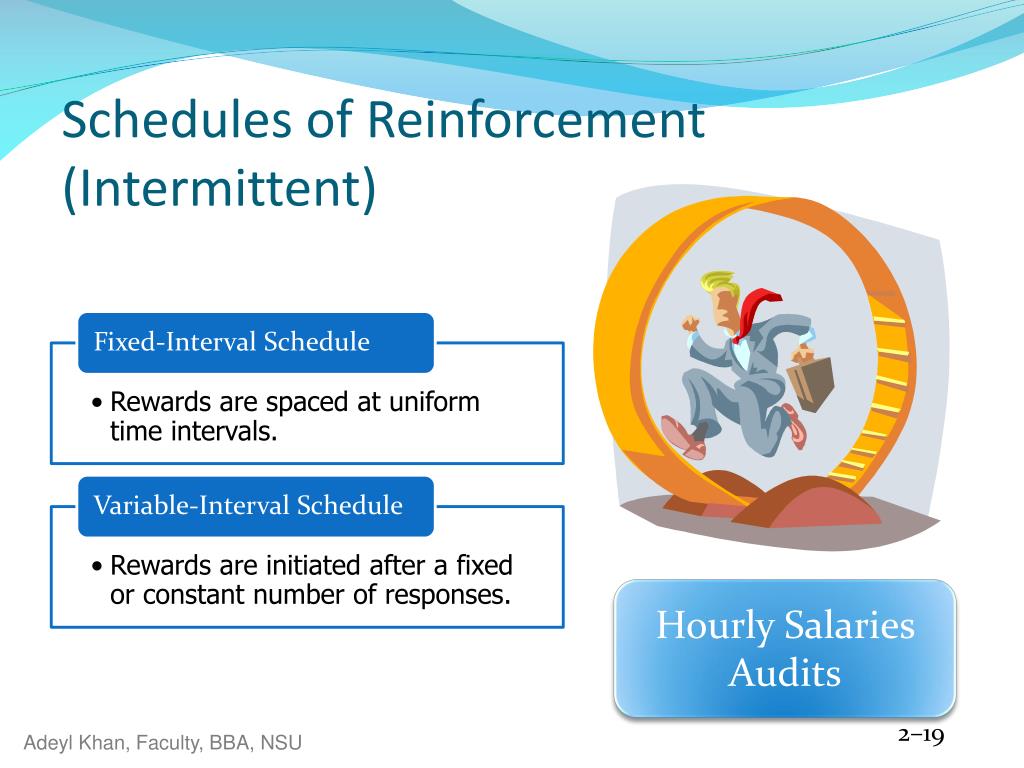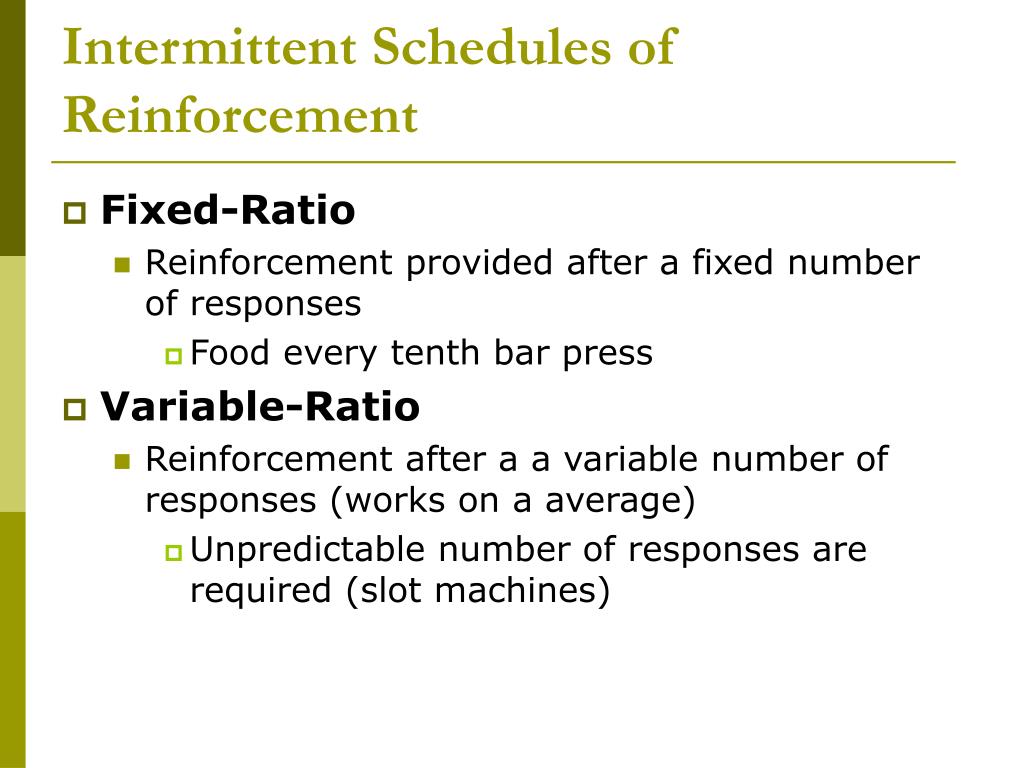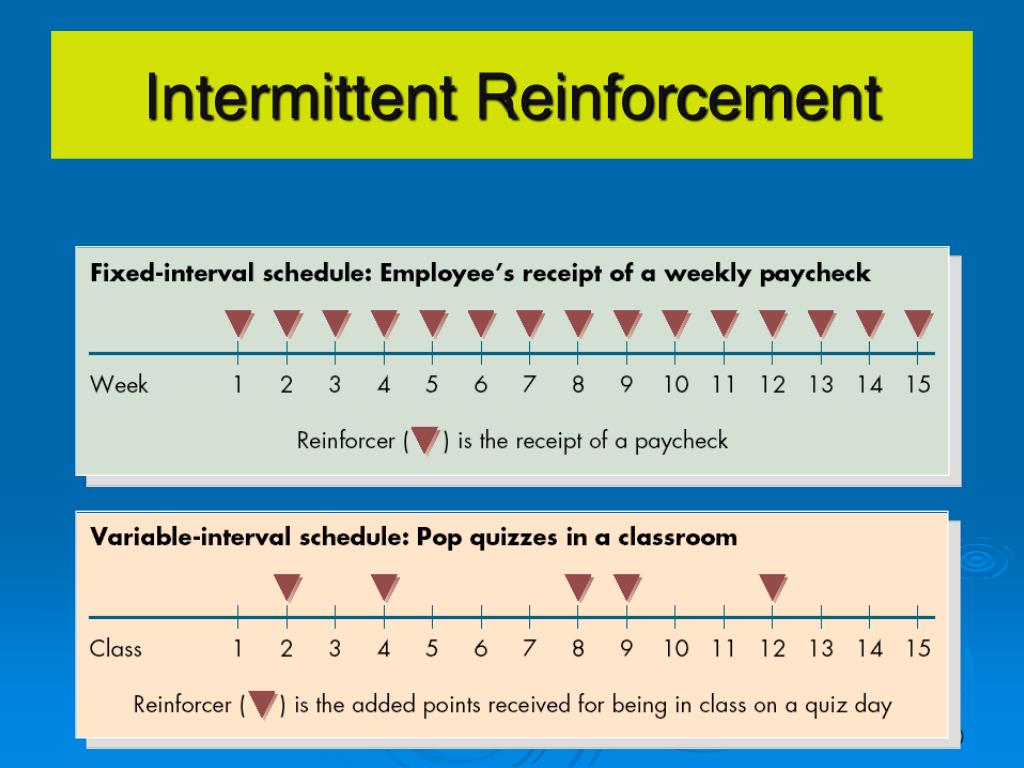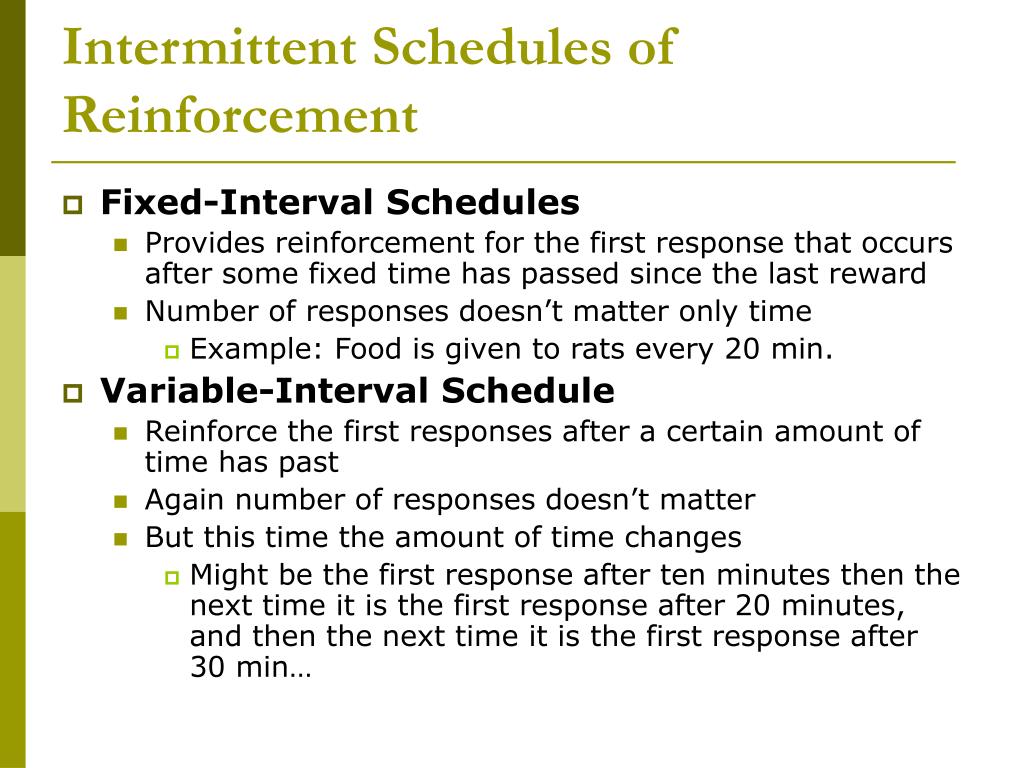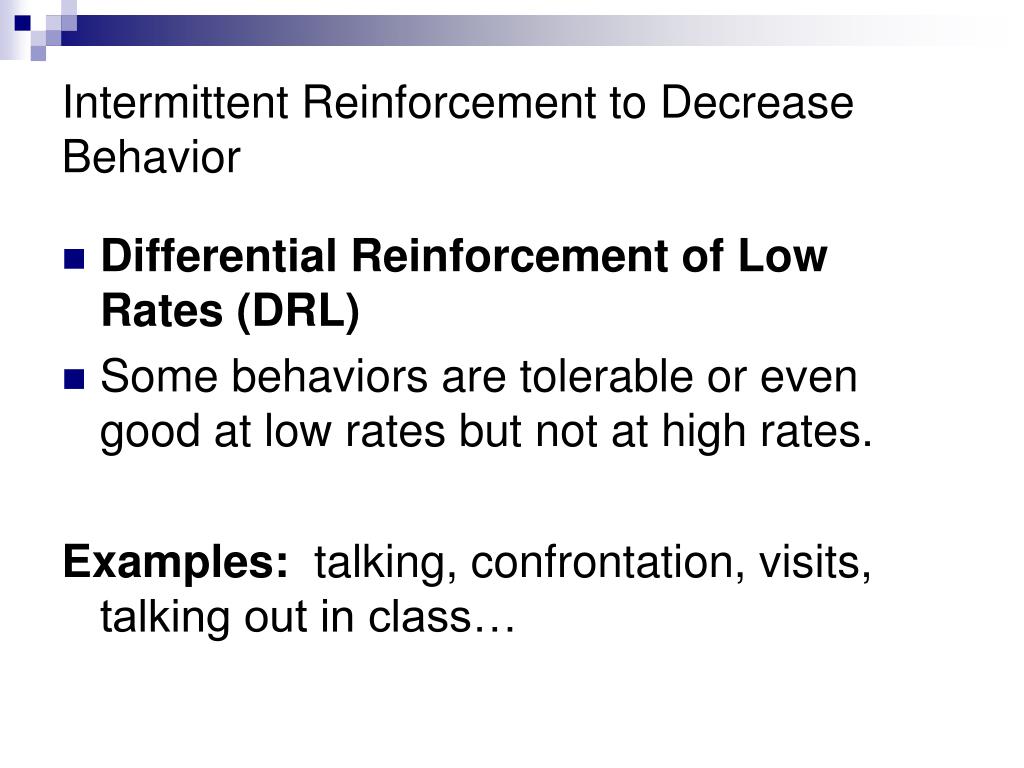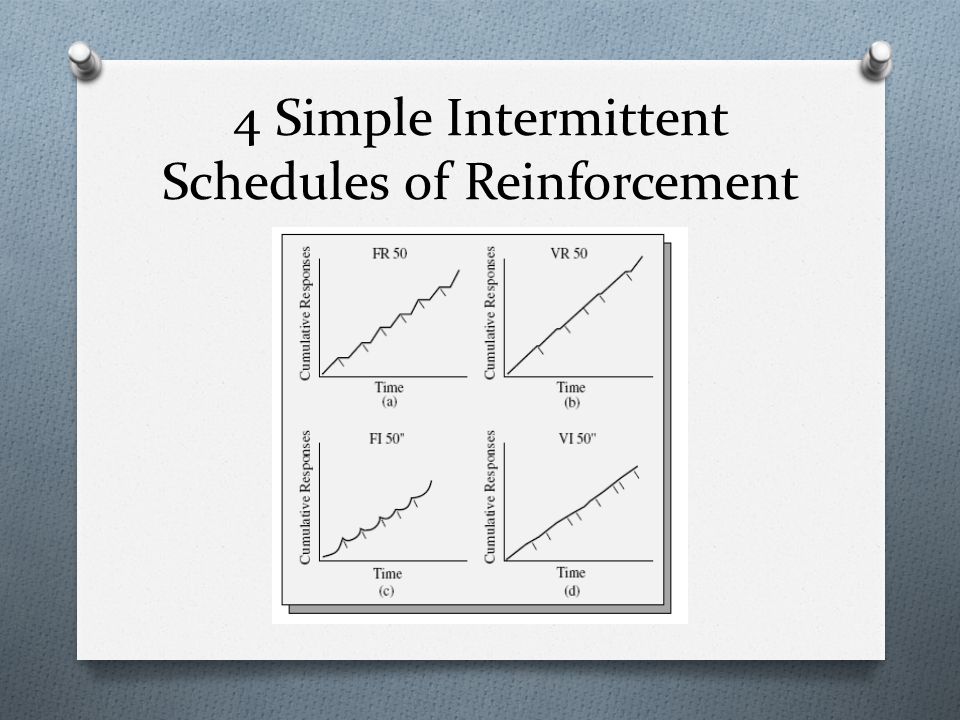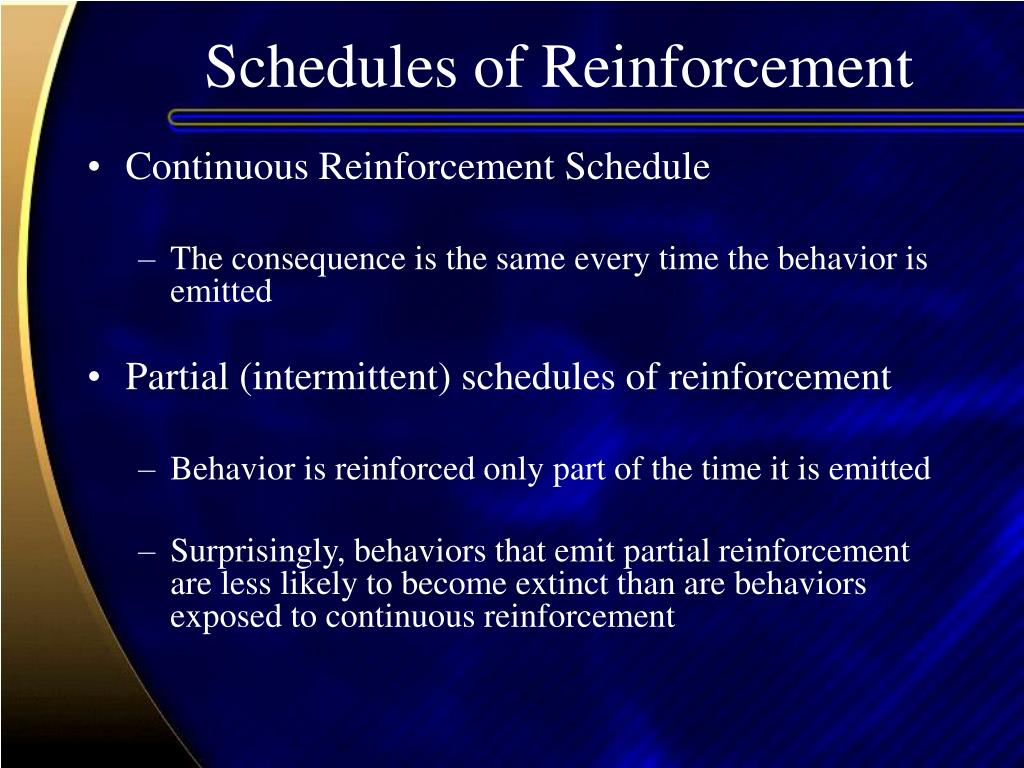Intermittent Schedules Of Reinforcement Are Necessary To
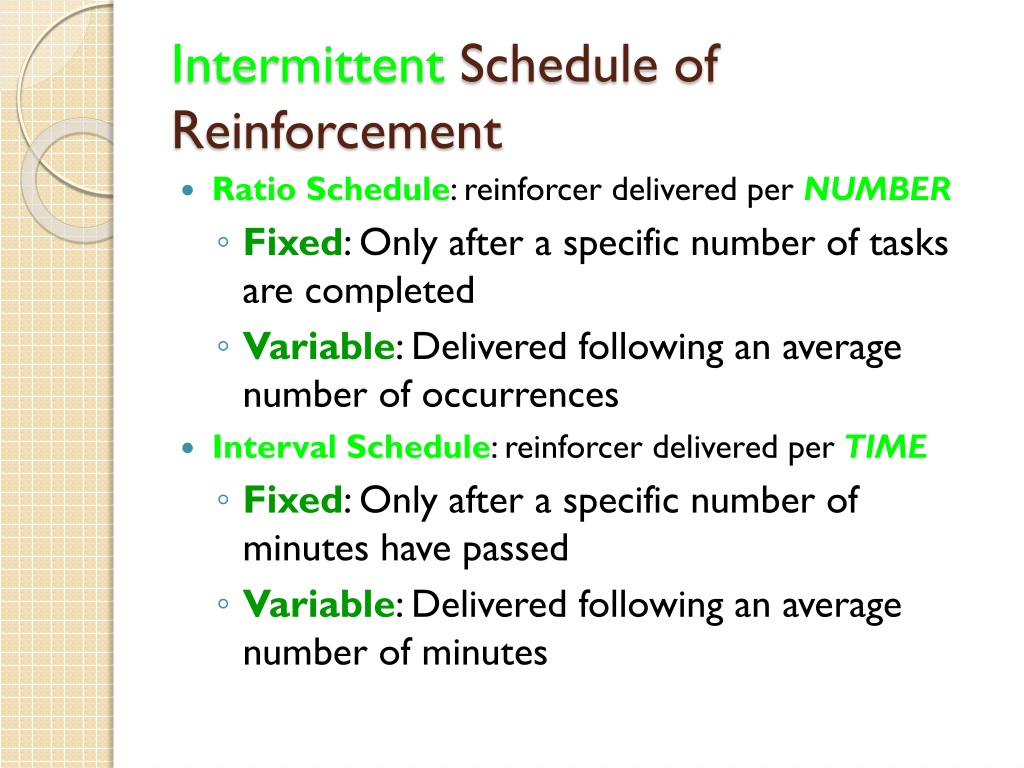
The effectiveness of continuous positive reinforcement in behavioral modification is being challenged by new findings. Experts now assert that intermittent schedules of reinforcement are crucial for long-term behavioral maintenance.
While continuous reinforcement establishes behaviors rapidly, its impact diminishes significantly once the reinforcement stops. This shift highlights the necessity of incorporating variable and unpredictable reinforcement patterns to foster lasting behavioral change.
The Problem with Continuous Reinforcement
Continuous reinforcement, where a behavior is rewarded every time it occurs, is highly effective for initial learning. Studies show a rapid acquisition rate during this phase.
However, the predictability of continuous reinforcement creates a vulnerability. Once the reinforcement ceases, the behavior quickly extinguishes.
According to Dr. Anya Sharma, lead researcher at the Behavioral Dynamics Institute, "Individuals learn to expect the reward after each action. Its absence triggers a rapid decline in the desired behavior."
The Power of Intermittent Schedules
Intermittent reinforcement involves rewarding a behavior only some of the time. This unpredictability sustains motivation even when rewards are not consistently present.
There are several types of intermittent schedules: fixed ratio, variable ratio, fixed interval, and variable interval. Each schedule impacts behavior differently, with variable ratio schedules typically exhibiting the greatest resistance to extinction.
“Variable ratio schedules, where reinforcement is provided after an unpredictable number of responses, create a sense of anticipation," explains Professor Ben Carter, a renowned behavioral psychologist.
Types of Intermittent Reinforcement Schedules
Fixed Ratio (FR)
Reinforcement is delivered after a fixed number of responses. A common example is a salesperson receiving a bonus after every ten sales.
While effective, FR schedules can lead to a "post-reinforcement pause," where the individual briefly stops performing the behavior after receiving a reward.
Variable Ratio (VR)
Reinforcement is provided after a varying number of responses. Slot machines are a prime example, paying out after an unpredictable number of pulls.
VR schedules are highly resistant to extinction because the individual never knows when the next reward will appear. This uncertainty keeps them engaged.
Fixed Interval (FI)
Reinforcement is given after a fixed amount of time has passed, provided at least one response has been made. Receiving a paycheck every two weeks is an example.
FI schedules often produce a scalloped pattern of responding, with rates increasing as the end of the interval approaches.
Variable Interval (VI)
Reinforcement is delivered after a varying amount of time has passed, provided a response has been made. Checking your email, as emails arrive at unpredictable times, is a VI schedule.
VI schedules produce a steady rate of responding because the individual never knows when the next reward will be available.
Evidence Supporting Intermittent Reinforcement
Numerous studies support the superiority of intermittent reinforcement for long-term behavioral maintenance. A study published in the *Journal of Applied Behavior Analysis* found that participants trained with a variable ratio schedule maintained a task significantly longer than those trained with continuous reinforcement.
In educational settings, intermittent praise and recognition have been shown to improve student engagement and reduce disruptive behaviors. Teachers are encouraged to move away from constant affirmation and towards more unpredictable positive feedback.
Employers are also implementing intermittent reward systems, such as surprise bonuses and random acts of appreciation, to boost employee morale and productivity.
Real-World Applications
The principles of intermittent reinforcement are applicable across various domains, including parenting, training animals, and managing employees. Instead of providing constant praise to children, parents can offer rewards intermittently for good behavior.
Animal trainers utilize variable ratio schedules to teach complex tricks. A dog may receive a treat after performing a trick correctly sometimes, but not always.
Businesses can improve customer loyalty by implementing loyalty programs with unpredictable rewards. Frequent surprises can keep customers engaged.
The Shift in Behavioral Strategies
The focus is shifting away from solely relying on continuous reinforcement. Practitioners in psychology and behavior modification are now emphasizing the importance of strategic implementation of intermittent schedules.
Behavioral therapists are incorporating variable reinforcement strategies into their treatment plans for individuals with addiction and anxiety. This helps prevent relapse and maintain long-term recovery.
"The key is to transition from continuous to intermittent reinforcement gradually," advises Dr. Sharma. "This ensures the behavior is well-established before introducing unpredictability."
Moving Forward
Researchers are continuing to explore the optimal parameters for different intermittent reinforcement schedules. This includes investigating the impact of varying reinforcement density and predictability on behavioral outcomes.
The Behavioral Dynamics Institute is hosting a workshop next month on implementing effective intermittent reinforcement strategies. The workshop is intended for educators, therapists, and managers.
Further studies are needed to understand the nuances of intermittent reinforcement across diverse populations and contexts. The ongoing research aims to develop more effective and sustainable behavioral interventions.
